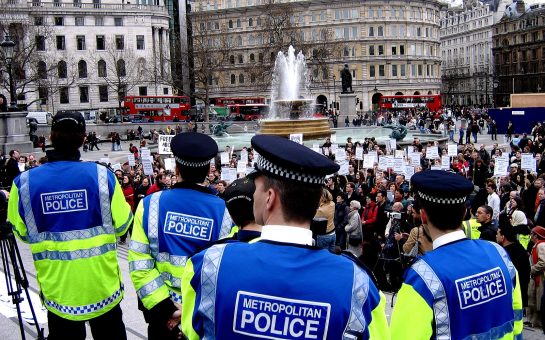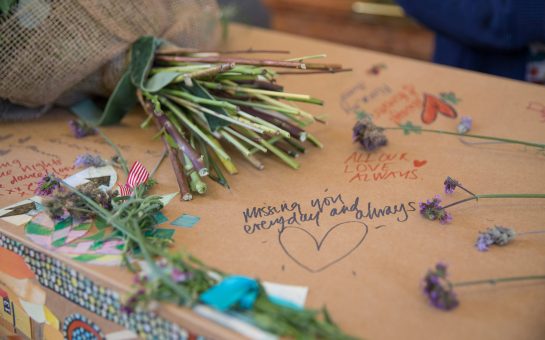Lambeth and Hammersmith & Fulham are two of the worst areas in the country for woodland coverage.
The two South West London boroughs were in the bottom 1% of districts in the UK for woodland cover in 2019 according to the most recent ONS data.
Less than 3% of each borough is covered by woodland*, compared to 13% across the UK.
Last week the Mayor of London, Sadiq Khan, encouraged Londoners to get involved in tree planting events for National Tree Week, the UK’s largest annual tree celebration, which runs from 27 November – 5 December.
However it’s not all bad news for South West London, with Richmond upon Thames being the best area in London for woodland coverage, and the only borough to have reached the target set by The Committee on Climate Change that 17% of land area should be woodland by 2050.
Bridget Fox from The Woodland Trust said: “Green spaces with trees bring so many wider benefits than just green space alone.
“They’re really important for biodiversity. Each tree is an entire ecosystem that provides a whole world for a food chain.
“They’re also really important in wider environmental terms. They help filter dirty city air, and air quality in areas with trees is measurably better than in areas without trees.”
She said that although people are beginning to understand that we need to look after existing trees, some of London’s most precious trees are still under threat.
Earlier this year, hundreds of trees, including a 100-year-old black poplar tree, were cut down in Wandsworth’s York Gardens to make way for housing.
Fox said that the Woodland Trust would like to see all London councils adopt targets for tree cover in their areas.
She also encourages them to not only look for opportunities for new woodland creation but to also focus on protecting existing trees by making sure they have appropriate room to thrive and grow.
A 2017 report by the Hammersmith and Fulham Biodiversity Commission said that despite having 225 hectares of green space in the borough, constituting 14% of its surface, only around six hectares of native woodland remained.
Trevor Lewis, 54, who walks in Hammersmith and Fulham’s Ravenscourt Park most days with his dog Bruno, said: “It does concern me that we don’t have more trees and woodlands in this area.
“I worry about the pollution, and, being from the countryside, I want my children to grow up surrounded by nature.”
In a bid to increase woodland in the borough, London’s first-ever tiny forest was planted in Hammersmith Park in March this year, with 600 trees and shrubs being planted in an area the size of a tennis court.
It is hoped that the tiny forest will boost biodiversity by attracting over 500 animal and plant species within the first three years.
Richmond-upon-Thames is home to the two largest Royal Parks, Richmond Park and Bushy Park, and as a result has by far the most woodland coverage of any London borough.
Richard Gray, from the independent charity Friends of Richmond Park, said: “I think we’re incredibly lucky in this borough with the amount of green space that we have and the jewel in the crown really is Richmond Park.
“Richmond Park is not just unusual in London but in the whole of the country because it’s got a collection of 1,400 veteran oak trees which is almost unparalleled in the UK.”
Gray explained that the older a tree gets the more wildlife it supports. The rotting wood provides food for many species, and cracks create more sheltered hiding places and microhabitats.
He added: “When we talk about replacing old trees with new trees we need to realise that it is going to take many many years for those new ones to give the support to biodiversity that we so desperately need.”
There are lots of way to get involved in this years’ National Tree Week such as joining Trees for Cities this Saturday, 4 December, to plant new trees on the borders of Ashton Playing Fields in Redbridge or ordering a free tree pack from the Woodland Trust.
* Only woodland that covers more than 0.5 hectares and is wider than 20 metres, with a minimum of 20% canopy cover is included. Trees in private gardens and parks are not included.




